If you're serious about your fitness journey, training your legs isn't optional—it’s essential. Your legs hold some of the largest and most powerful muscle groups in your body, and working them properly improves everything from athletic performance to balance and metabolism. This article breaks down the key leg muscle groups to workout, why they matter, and how to train them efficiently.
The Major Leg Muscle Groups You Should Train
Understanding the leg muscle groups is the first step toward an effective leg workout plan. Here’s a breakdown of the primary parts of the leg to workout:
1. Quadriceps (Front Thigh)
-
Muscles involved: Rectus femoris, vastus lateralis, vastus medialis, vastus intermedius
-
Primary function: Knee extension, hip flexion
-
Best exercises: Squats, leg press, lunges, step-ups
The quads are responsible for powerful forward movements like running, jumping, and kicking. They're typically a major focus on leg day muscle groups.
2. Hamstrings (Back Thigh)
-
Muscles involved: Biceps femoris, semitendinosus, semimembranosus
-
Primary function: Knee flexion, hip extension
-
Best exercises: Romanian deadlifts, leg curls, glute bridges, kettlebell swings
Many people neglect the hamstrings, leading to muscle imbalances that can cause injury. They’re crucial for sprinting and any explosive movement.
3. Glutes (Buttocks)
-
Muscles involved: Gluteus maximus, medius, and minimus
-
Primary function: Hip extension, abduction, external rotation
-
Best exercises: Hip thrusts, Bulgarian split squats, sumo deadlifts, cable kickbacks
Though technically part of the hip, the glutes are deeply involved in leg movements and deserve a place in any leg workout muscle groups routine.
4. Calves (Lower Leg)
-
Muscles involved: Gastrocnemius and soleus
-
Primary function: Plantarflexion (pointing the toes), stabilization during walking and running
-
Best exercises: Standing/seated calf raises, farmer’s carries, jump rope
Small but mighty, strong calves improve ankle stability, reduce risk of injury, and enhance athletic power.
5. Adductors (Inner Thigh)
-
Muscles involved: Adductor longus, brevis, magnus, gracilis, pectineus
-
Primary function: Hip adduction, stabilization
-
Best exercises: Sumo squats, lateral lunges, adductor machine, Copenhagen planks
Often overlooked, these muscles contribute to leg stability and balance.
6. Abductors (Outer Hip/Thigh)
-
Muscles involved: Gluteus medius, gluteus minimus, tensor fasciae latae
-
Primary function: Lifting the leg away from the body, pelvic stabilization
-
Best exercises: Band walks, side leg raises, single-leg deadlifts
These help prevent knee injuries and improve overall lower body control.
How to Structure a Leg Day Workout by Muscle Groups
A smart leg day doesn’t just hammer squats—it targets multiple muscle groups in the legs with strategic balance. Here’s a sample structure:
-
Compound Movement (Quads & Glutes): Barbell back squat – 4 sets of 6–8 reps
-
Posterior Chain (Hamstrings & Glutes): Romanian deadlift – 3 sets of 8–10 reps
-
Glute Isolation: Hip thrust – 3 sets of 10–12 reps
-
Calves: Standing calf raises – 3 sets of 15–20 reps
-
Inner/Outer Thigh: Sumo squat or band lateral walks – 2–3 sets of 12–15 reps
This kind of balance prevents overtraining certain areas and builds strength and function across all leg muscle groups.
Personal Insight: What Changed My Leg Training Forever
For years, I dreaded leg day. I stuck to basic squats and lunges, thinking I was doing enough. But persistent knee pain and stalled progress forced me to re-evaluate. The breakthrough came when I began training each leg muscle group intentionally—hamstrings on hip hinge days, calves with high frequency, and glutes with focused isolation work. Not only did my strength explode, but my knee issues vanished. Now, leg day is my favorite.
Final Thoughts
If you’re just getting started or looking to level up, don’t think of legs as just “quads and squats.” To truly unlock your potential, design your leg muscle groups workout with variety, intention, and balance. Strong legs don’t just look powerful—they support everything you do in and out of the gym.




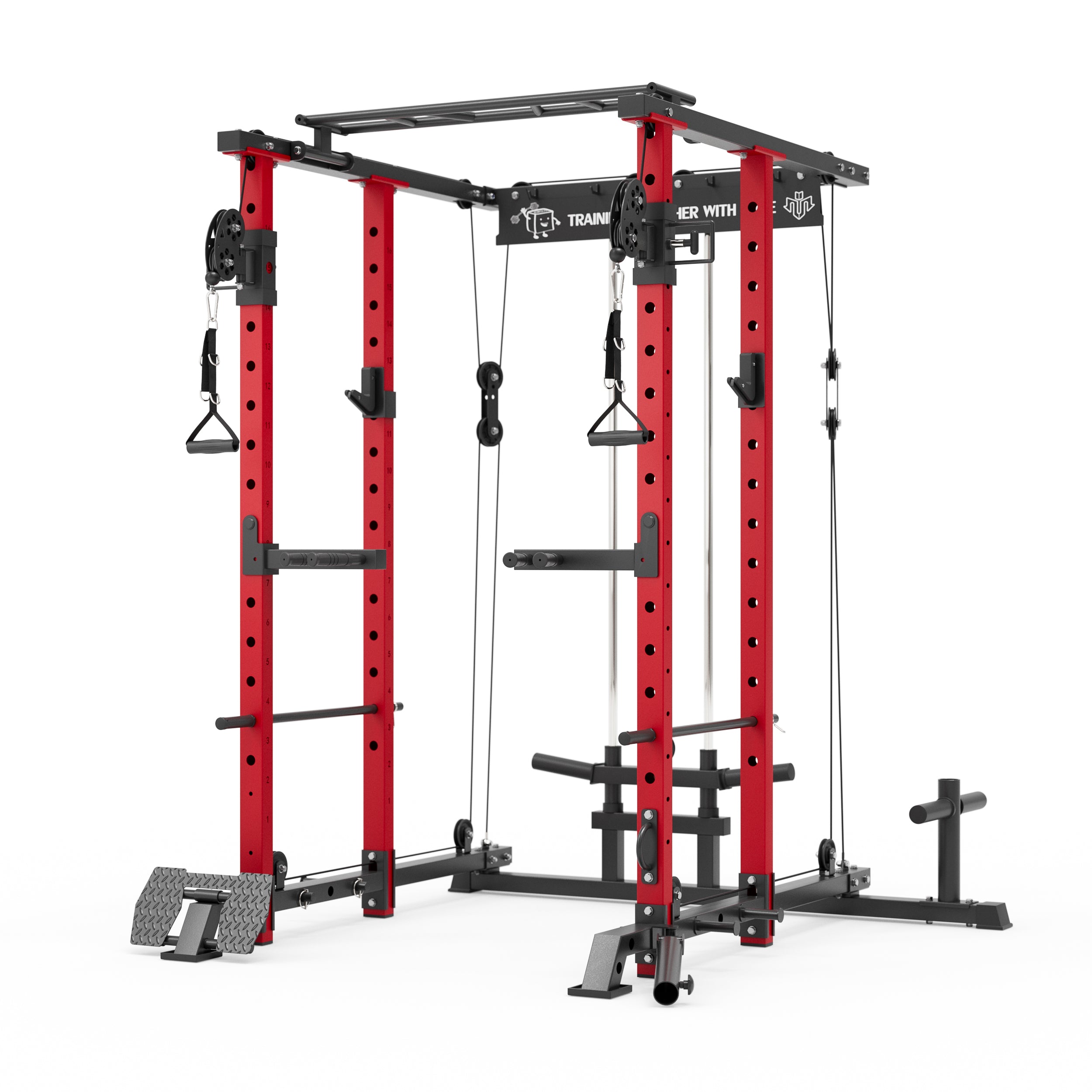


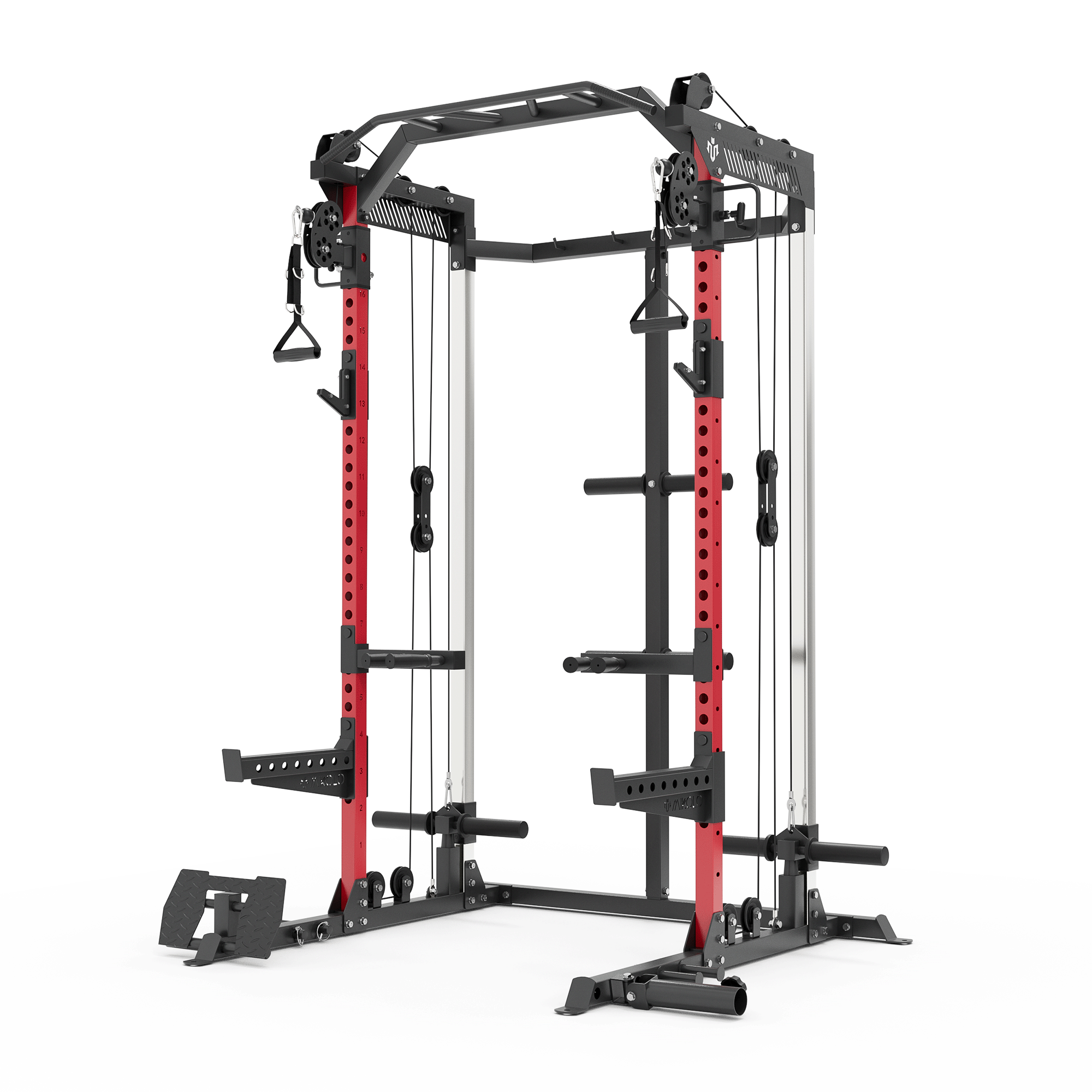



















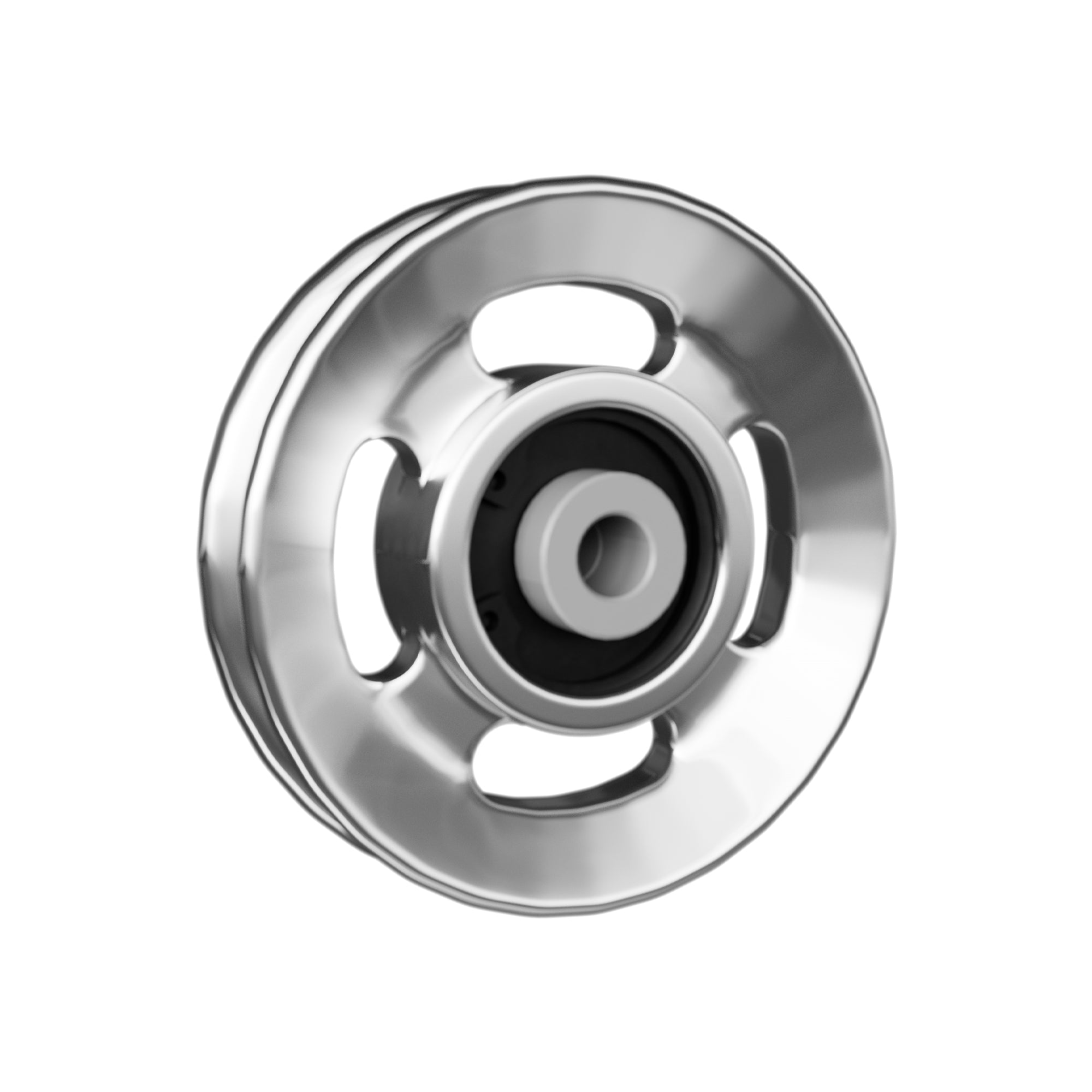



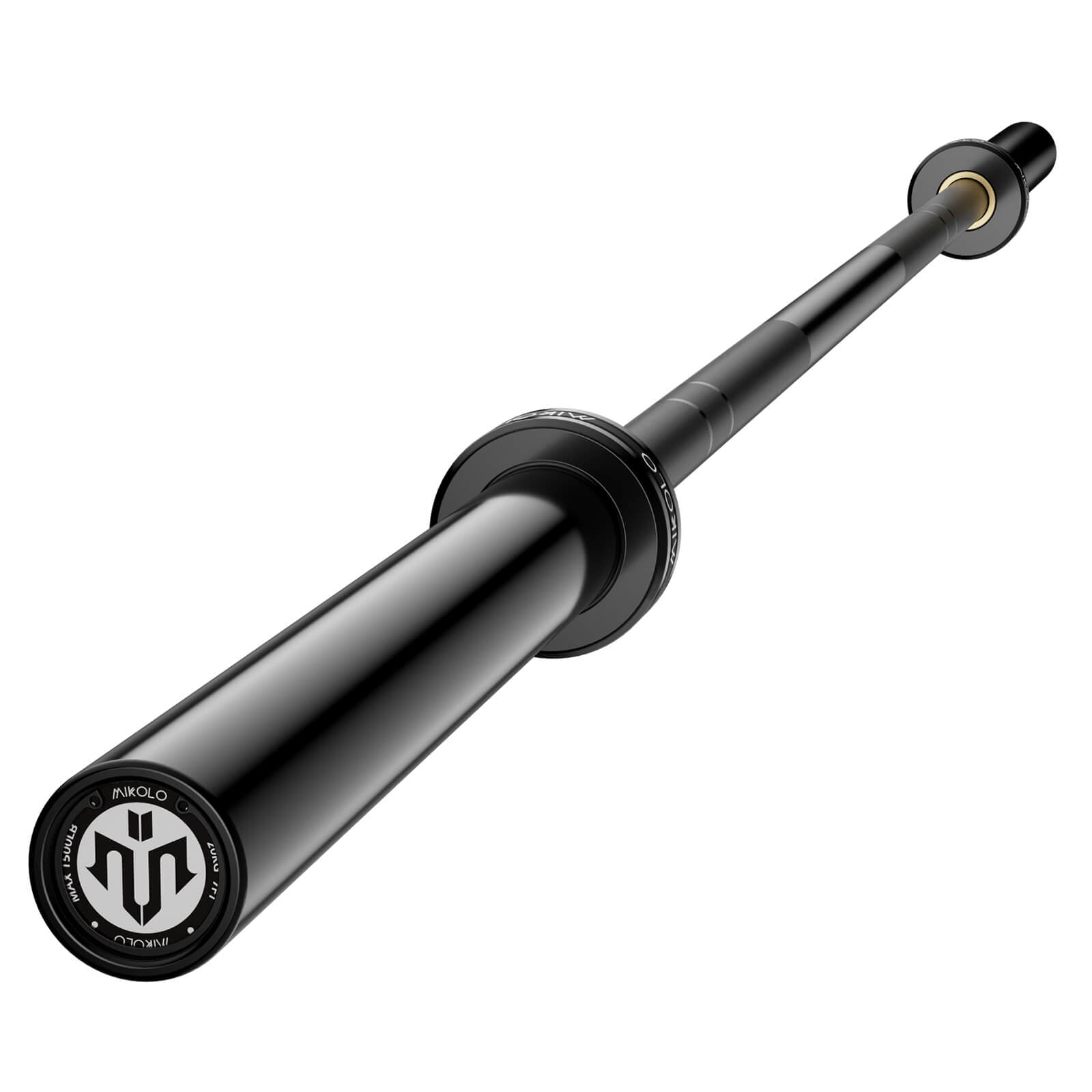
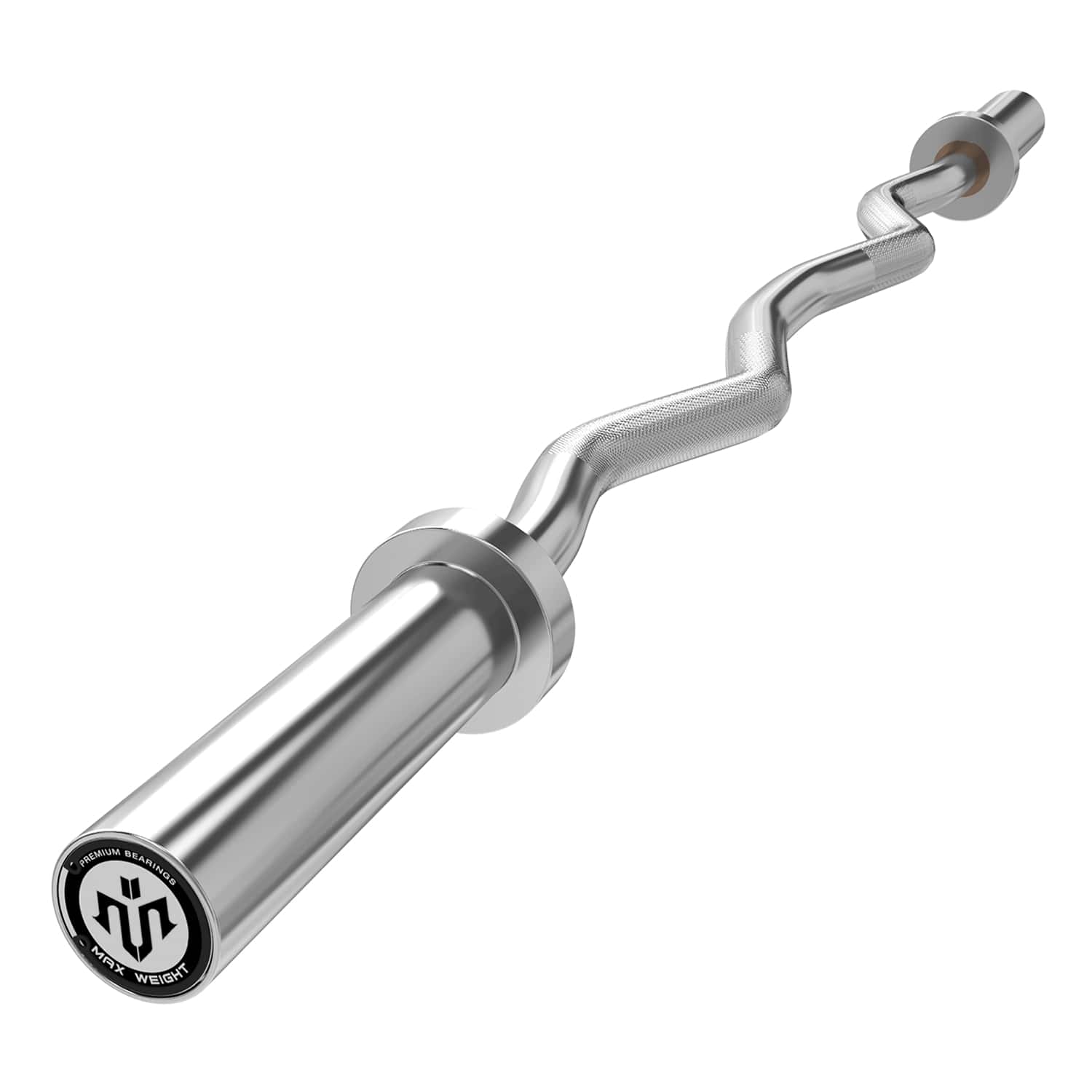







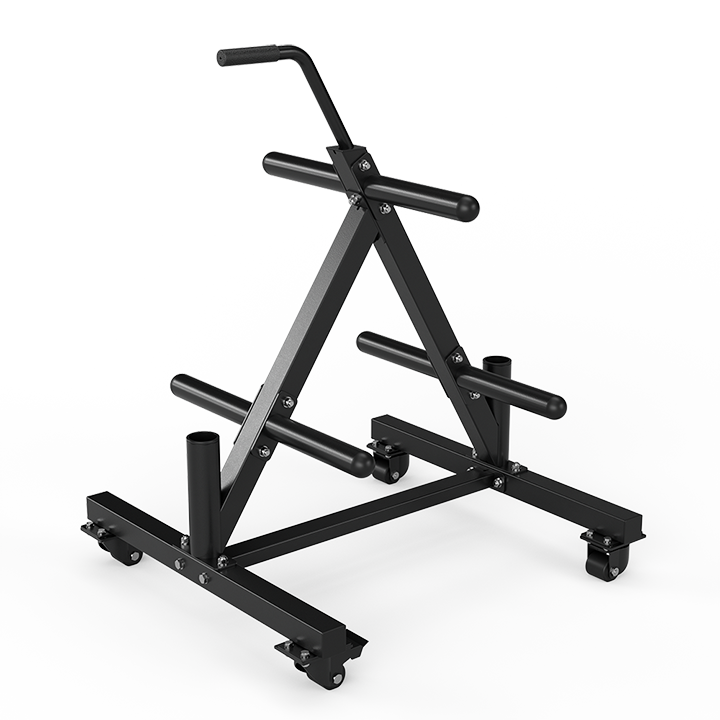





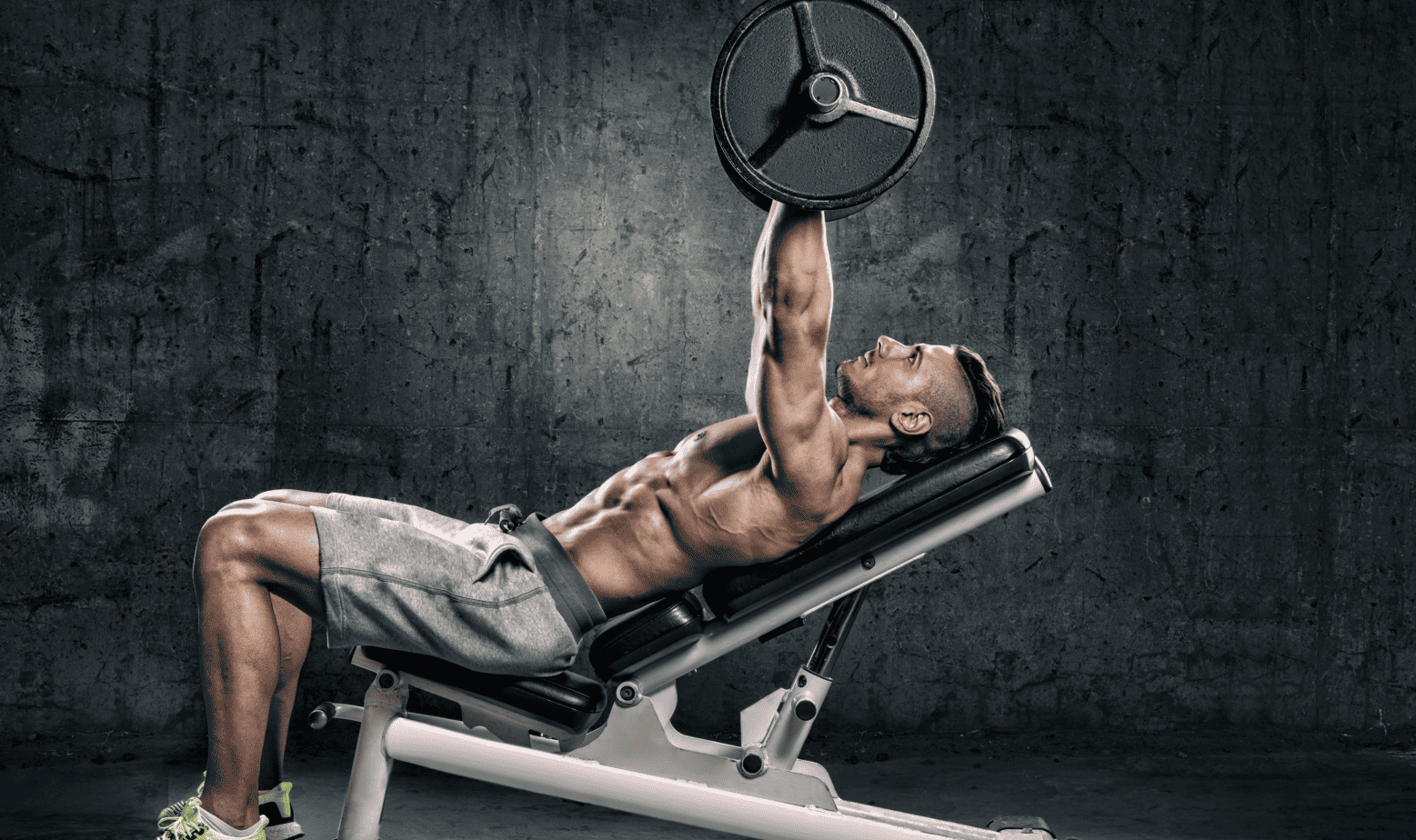
Leave a comment
This site is protected by hCaptcha and the hCaptcha Privacy Policy and Terms of Service apply.